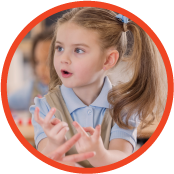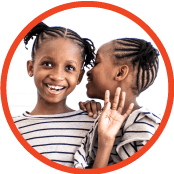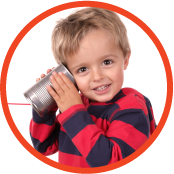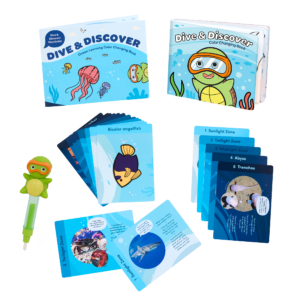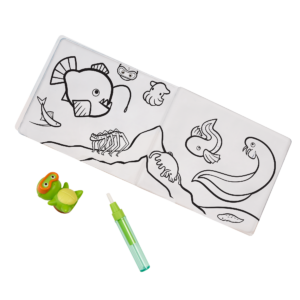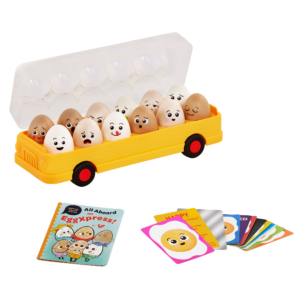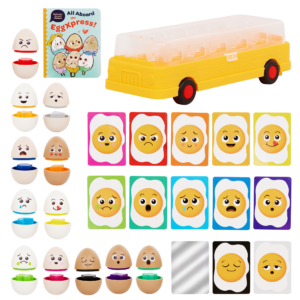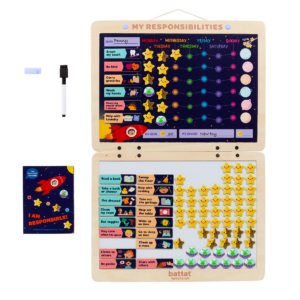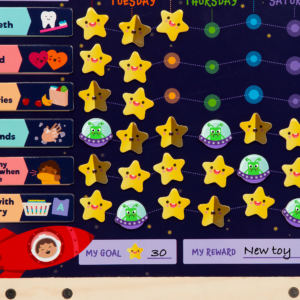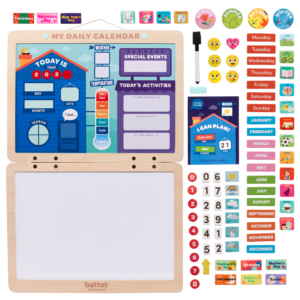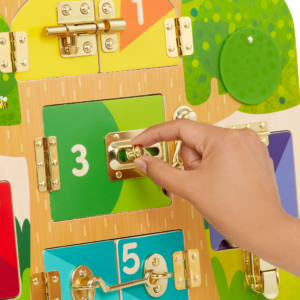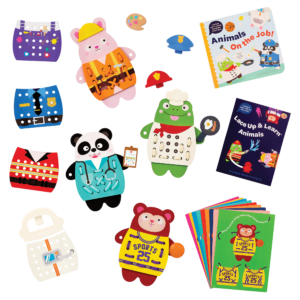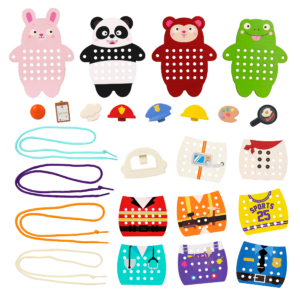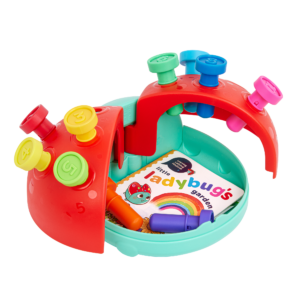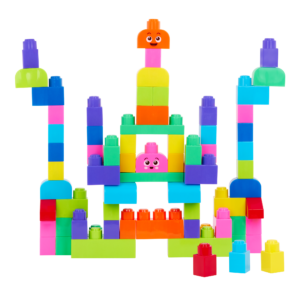Skills Guide
Learn more about the skills our toys are designed to develop!
What is language?
Our Collection of Speech & Language Toys
ABC Railway
Alphabet Learning Train SetAlphabet Fishing
Magnetic Alphabet Fishing GameBright Explorer
Educational Light Box PlaysetDive & Discover
Ocean Learning Color Changing Book SetKnock-Knock Who’s Inside?
Lock & Latch BoardLace-Up & Learn Animals
Fine Motor Wooden Lacing ToyLearning Ladybug
Ladybug Counting ToyLocbloc Counting Blocks
Educational Building Block Set References:
[2] MacRoy-Higgins, M., & Kolker, C. (2017). Time to Talk: What You Need to Know about Your Child’s Speech and Language Development. AMACOM.
[3] USCF Weill Institute for Neurosciences. (n.d.). Speech and language difficulty commonly affects individuals with dementia and other neurological conditions. https://memory.ucsf.edu/symptoms/speech-language
[4] American Speech-Language-Hearing Association. (n.d.). What Is Speech? What Is Language?. https://www.asha.org/public/speech/development/speech-and-language
